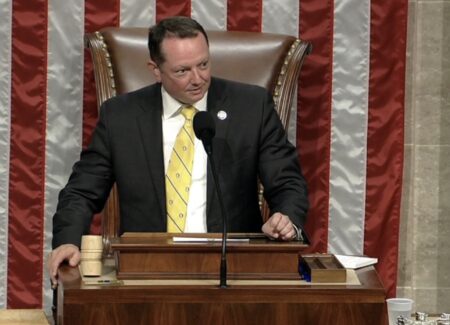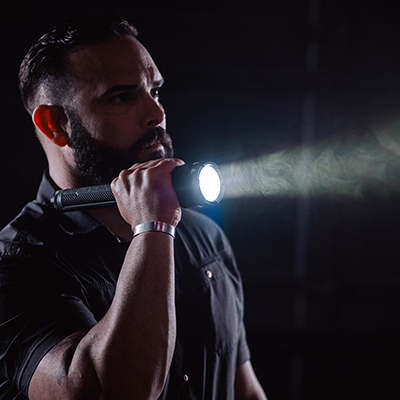With the Michigan Supreme Court recently declining to hear a case involving firearms on the University of Michigan campus, it seems that two courts in the Great Lakes State are thumbing their noses at the 2022 U.S. Supreme Court ruling in New York State Rifle & Pistol Association v. Bruen.
On October 18, the state Supreme Court chose to let stand a decision by the Michigan Court of Appeals, which ruled in the case Wade v. University of Michigan that the ban on firearms possession was constitutional under the Second Amendment.
In an analysis written for reason.com, Eugene Volokh, a Thomas M. Siebel Senior Fellow at the Hoover Institution at Stanford, explained how the Court of Appeals ignored the Bruen standards and judged the case on four factors it created itself. That decision prompted two judges on the court—Justice David Viviano and Justice Brian Zahra—to point out in their dissent the arguably improper procedures used.
“The Court of Appeals disregarded the analysis required by the United States Supreme Court for Second Amendment disputes and invented a confusing four-factor test that bears almost no resemblance to the Supreme Court’s test,” Justice Viviano wrote in the dissent.
Under the Bruen standard, when considering a Second Amendment case, courts must first consider whether the Second Amendment protects the conduct at issue. If it does, then the court must consider whether the government has demonstrated that the regulation is consistent with this nation’s historical tradition of firearms regulations.
But as Justice Viviano pointed out in the dissent, the appeals court decided to use four factors of its own in determining the constitutionality of the law. While the first was the same as in the Bruen standard, the second was anything but.
Viviano wrote of the second factor: “If the conduct at issue is presumptively protected, courts must then consider whether the regulation at issue involves a traditional “sensitive place.” If so, then it is settled that a prohibition on arms carrying is consistent with the Second Amendment.
Oops, hold on a minute! I certainly don’t remember that part in the Supreme Court’s Bruen ruling.
Justice Viviano wrote of the third factor used in the case: “If the regulation does not involve a traditional “sensitive place,” courts can use historical analogies to determine whether the regulation prohibits the carry of firearms in a new and analogous “sensitive place.” If the regulation involves a new “sensitive place,” then the regulation does not violate the Second Amendment.”
Again, that factor is not included in the Bruen ruling, thus is inappropriate to be used by a court when considering a Second Amendment case.
In his dissent, Justice Viviano then explained the fourth factor used by the appeals court.
“If the regulation does not involve a sensitive place, then courts must consider whether the government has demonstrated that the regulation is consistent with this Nation’s historical tradition of firearms regulations,” the factor stated. “This inquiry will often involve reasoning by analogy to consider whether regulations are relevantly similar under the Second Amendment. If the case involves “unprecedented societal concerns or dramatic technological changes,” then a “more nuanced approach” may be required.
Of course, none of that hogwash was included in the simple Bruen standard. Yet the Michigan Court of Appeals chose to ignore a critical ruling by the highest court in the land on how Second Amendment cases must be considered.
In the end, Justice Viviano wrote in his dissent that he can’t see how the ruling can be justified under the Bruen standard.
“It seems doubtful that after establishing a text-and-tradition approach to the Second Amendment, the Supreme Court would uphold total bans on firearms in locations that historically never had such prohibitions,” he concluded. “Indeed, such a regulation would not be supported by text or tradition, so what reasoning could support it? A rationale grounded in the pragmatic balancing of interests was rejected in Bruen, as discussed above. I therefore struggle to see how the Court of Appeals’ framework here, which eschews text and tradition altogether, can be justified under the Supreme Court’s precedent.”
Read the full article here












